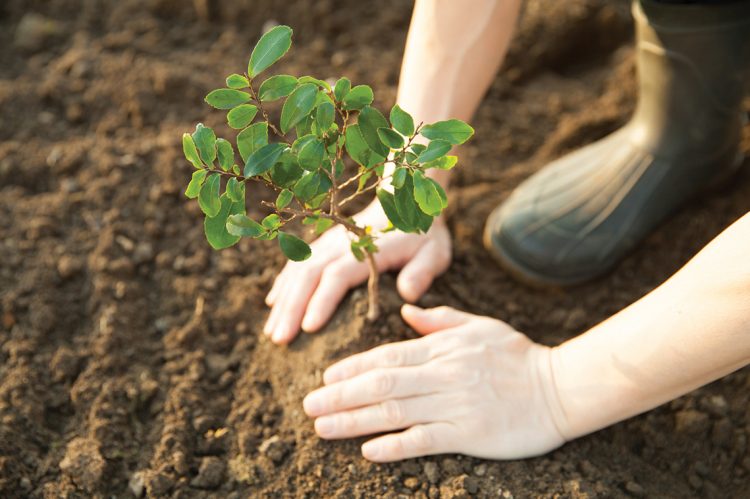Hurricane Ian made landfall outside of Cayo Costa, Florida, on the afternoon of Wednesday, September 28. With sustained winds just a few miles per hour shy of a Category 5, Ian became the strongest hurricane to hit Florida since Michael wiped out entire communities of the Florida panhandle in 2018.
As it approached the state’s southwest coast, Ian marched north through the warm waters of the Gulf of Mexico, intensifying more rapidly than any storm in the Atlantic basin in 2022. At its first U.S. landfall—which came just a few miles outside of Fort Myers—Ian’s 150 mph winds made it the fifth-strongest hurricane to ever strike the United States.
More than 115 deaths have been attributed to Ian in Florida alone, and overall U.S. recovery and rebuilding efforts are expected to come with a price tag of around $47 billion in insured losses, according to CoreLogic. As of October 16, the National Flood Insurance Program (NFIP) had received 39,000 claims and paid out more than $77 million to policyholders.
It is undeniable that catastrophic storms like Ian have become more costly and more frequent over recent years. The impacts these events have had on programs like the NFIP are immense, and the broader implications on U.S. real estate are clear.
This association is fortunate to have had members with a spirit of compassion and the incredible foresight to create the REALTORS® Relief Foundation (RRF) in the wake of the Sept. 11, 2001 terrorist attacks. Recognizing the intrinsic link between disaster and homelessness, RRF has for more than two decades—alongside the commitment of countless other National Association of REALTORS® (NAR) members—provided the displaced with shelter and the resources needed for rebuilding. Learn more about RRF on page 64 of this issue.
Today, when a major disaster occurs, RRF mobilizes its outreach efforts and turns to NAR members and other constituents for support. The Foundation had supported 14 disaster relief efforts in 2022 prior to Ian’s devastation. That amounted to $3 million in aid distributed to some 1,300 U.S. families in need.
But, of course, recovery efforts are just part of our association’s response to increasingly frequent major natural disasters.
Back in 2019, Vince Malta, then president of NAR, tasked an NAR Presidential Advisory Group to explore how the world’s largest trade association could better engage its members to promote sustainability and environmentally conscious development.
Much work remains ahead of our association—and our world—to make good on these ambitions. But we’re fortunate that 2022 President Leslie Rouda Smith has brought sustainability to the forefront during her year atop NAR.
Most recently, we were thrilled to announce a new partnership with the National Forest Foundation that will result in 1.575 million trees—one for each NAR member—being planted across the United States through 2025.
Cumulatively, these trees can reduce 750,000 metric tons of carbon from the atmosphere, the equivalent of about 145,000 homes’ electricity use for one year. That’s half the number of households in the densely populated city of Washington, D.C.
And the U.S. Forest Service has estimated that every dollar spent on planting and caring for trees yields benefits 2 – 5 times that investment.
No matter the specifics, NAR is glad to be taking a small step in the effort to leave our planet better than the way we found it. But this particular initiative is about more than trees. It’s a commitment to restoring the U.S. public lands that provide so much to all of us—clean drinking water, fresh air, enhanced stormwater mitigation, and a more promising future for our children.
NAR’s Code of Ethics emphasizes this key point: “Under all is the land.” Nothing is more important to our profession—or to our world—than this land. And it’s on all of us to be the best possible stewards of it.
Bob Goldberg is CEO of the National Association of REALTORS®.
For more information, visit https://www.nar.realtor/.












